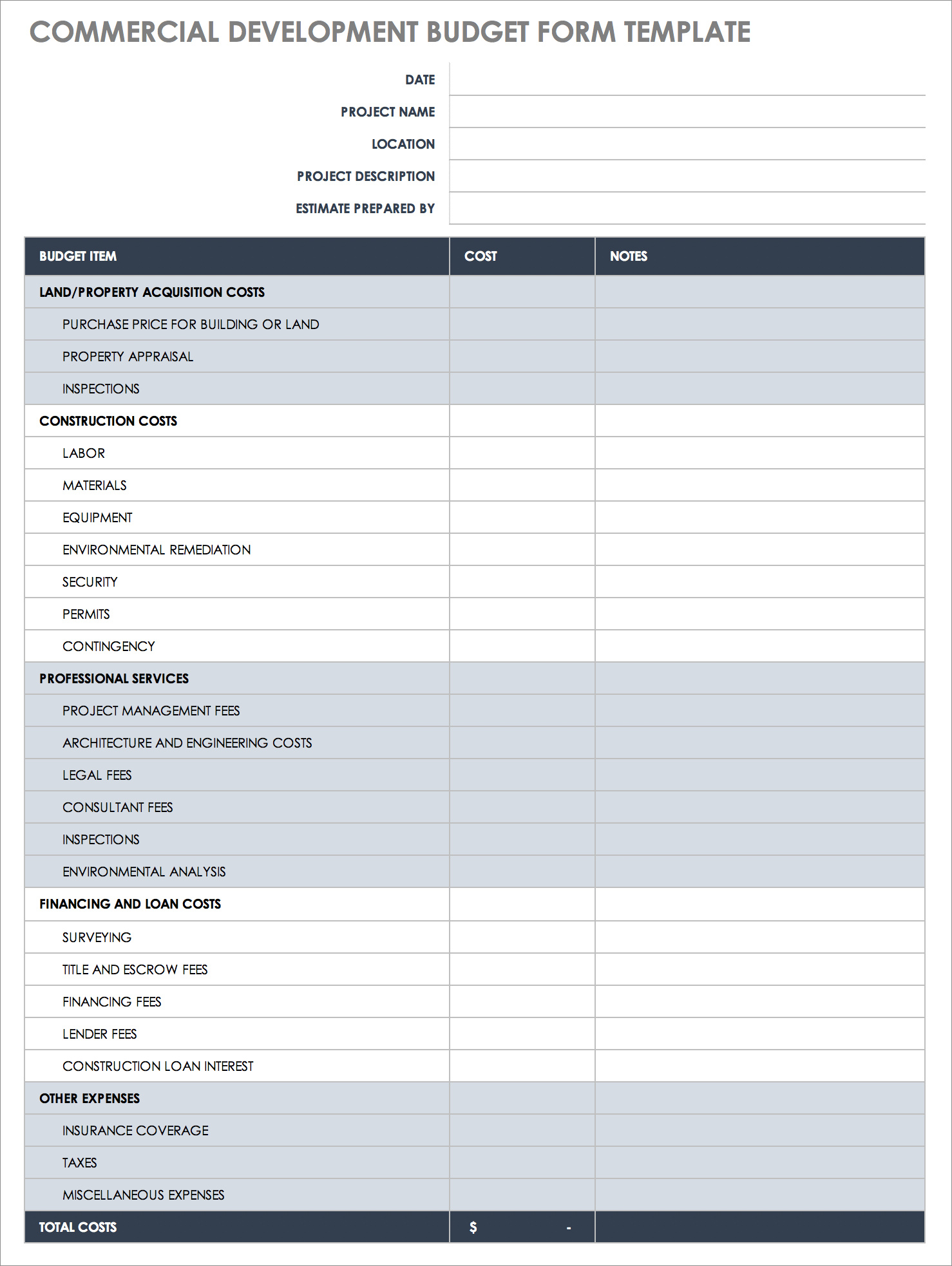Building a budget is an essential step in managing your finances. Whether you are saving for a big purchase, paying off debt, or just trying to stay on top of your monthly expenses, having a budget in place can help you achieve your financial goals.
In this article, we will explore the importance of building a budget, the steps involved in creating one, and tips for effectively managing your finances. By the end, you will have the knowledge and tools to take control of your money and build a solid financial foundation.
Why Should You Build a Budget?
Building a budget provides several benefits that can positively impact your financial well-being. Here are a few reasons why you should consider creating a budget:
1. Track Your Spending: A budget allows you to see where your money is going. By tracking your expenses, you can identify areas where you may be overspending and make necessary adjustments.
2. Achieve Financial Goals: Whether you want to save for a down payment on a house, pay off debt, or build an emergency fund, a budget helps you allocate your money towards your goals.
3. Reduce Stress: Knowing exactly how much money you have and where it is going can alleviate financial stress. A budget provides a sense of control and helps you make informed decisions about your spending.
4. Prepare for the Future: By budgeting for upcoming expenses such as vacations, car repairs, or medical bills, you can avoid financial surprises and ensure you have enough money set aside.
How to Build a Budget
Now that we understand the importance of building a budget, let’s dive into the steps involved in creating one:
1. Determine Your Income
The first step in building a budget is to calculate your total income. This includes your salary, any additional sources of income, and government benefits. By knowing how much money you have coming in each month, you can better plan your expenses.
2. Track Your Expenses
Next, it’s important to track your expenses. This involves recording every purchase and payment you make, whether it’s a monthly bill, groceries, or entertainment. There are various methods you can use to track your expenses, such as a spreadsheet, a budgeting app, or simply pen and paper.
3. Categorize Your Expenses
Once you have a record of your expenses, categorize them into different groups. Common categories include housing, transportation, groceries, utilities, debt payments, and entertainment. This step helps you understand where your money is going and identify areas where you can potentially cut back.
4. Set Financial Goals
After categorizing your expenses, it’s time to set financial goals. These goals can be short-term, such as paying off a credit card, or long-term, such as saving for retirement. Determine how much money you want to allocate towards each goal and prioritize them based on importance.
5. Create a Budget Template
With your income, expenses, and goals in mind, create a budget template. This template should outline your income at the top and include separate sections for each expense category. Allocate a specific amount of money to each category based on your priorities and income.
6. Track Your Progress
Once you have your budget in place, it’s crucial to track your progress. Regularly review your spending and compare it to your budgeted amounts. This will help you identify any areas where you may be overspending and make adjustments as needed.
7. Adjust as Necessary
Life is constantly changing, and so should your budget. As your income or expenses fluctuate, be prepared to adjust your budget accordingly. This flexibility will ensure that your budget remains realistic and effective.




Tips for Managing Your Budget
Now that you have built a budget, here are some tips to help you effectively manage your finances:
1. Automate Your Savings: Set up automatic transfers from your checking account to your savings account. This will help you save consistently without having to remember to do it manually.
2. Use Cash Envelopes: If you struggle with overspending in certain categories, consider using cash envelopes. Allocate a specific amount of cash for each category and only spend what you have in the envelope.
3. Review Your Budget Regularly: Make it a habit to review your budget every month. This will help you stay on track and make adjustments as needed.
4. Find Ways to Save: Look for opportunities to cut back on expenses. This could include negotiating bills, canceling unused subscriptions, or finding cheaper alternatives for certain products or services.
5. Seek Professional Help: If you find managing your budget overwhelming or need assistance with debt management, consider seeking help from a financial advisor or credit counselor.
6. Stay Motivated: Remind yourself of your financial goals and the reasons why you are budgeting. Visualize the progress you are making and celebrate small victories along the way.
Conclusion
Building a budget is a powerful tool for managing your finances and achieving your financial goals. By following the steps outlined in this article and implementing the tips for managing your budget, you can take control of your money and build a strong financial future. Remember, consistency and discipline are key when it comes to budgeting. Stay committed to your budget, and you will reap the rewards of financial stability and freedom.
Building Budget Template Excel – Download
